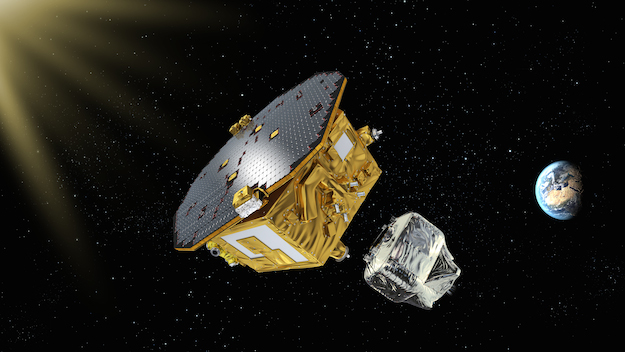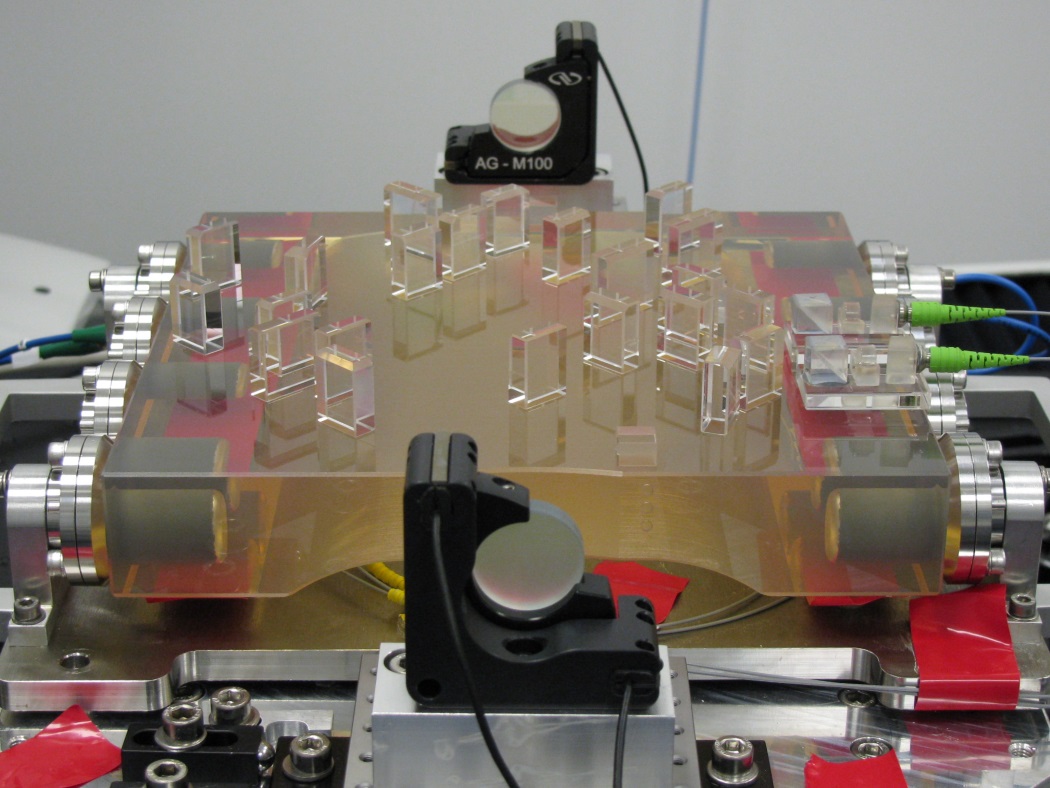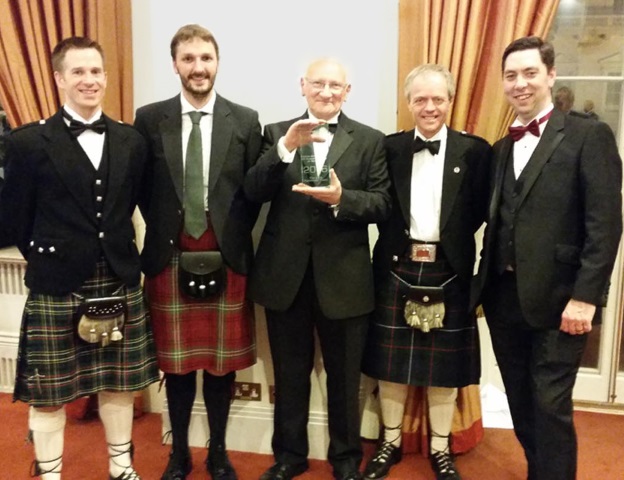LISA and LISA Pathfinder
LISA and LISA Pathfinder
LISA is the planned spaceborne gravitational wave (GW) observatory recently selected by the European Space Agency as their third "L-class" mission due to launch in the early 2030s. Using interferometric measurements of gigametre armlengths between three identical spacecraft, LISA will provide detailed observations of gravitational wave sources in the richly populated low frequency band that is inaccessible to ground-based observatories. Typical sources of signals in LISA's observing band include inspiraling massive black holes, extreme mass ratio inspirals and the orbiting compact binary systems in our own galaxy. The detections of stellar mass compact binary systems by Advanced LIGO and Virgo have demonstrated that radically new science can come from gravitational wave observations. LISA will complement the ground-based gravitational wave detectors and promises major science returns in the areas of fundamental physics and astronomy.

The challenges for a spaceborne GW detector were significant enough that in 1998 it was decided that it was necessary to fly a technology demonstrator, LISA Pathfinder. LISA Pathfinder was a radically shortened single arm of LISA, with the two freely floating test masses that would in LISA define the measurement points at the ends of a long arm, contained within a single spacecraft. The primary goal was to demonstrate that it was possible to achieve the required purity of inertial motion of the freely floating test masses. LISA Pathfinder launched in December 2015 and operated for 576 days during which time it demonstrated exceptionally good performance, with measured test mass perturbations comfortably below the mission goal and indeed essentially already meeting the significantly more stringent requirements of LISA.
Full details of the LISA and LISA Pathfinder missions are available at lisamission.org.

Central to the success of LISA Pathfinder was the interferometric metrology system that monitored the relative motion of the two floating test masses. Supported by UKSA and ESA funding, the group in Glasgow built tested and operated the flight hardware Optical Bench for LISA Pathfinder. This involved developing the hydroxide catalysis bonding process originally created at Stanford University, and subsequently used within GEO and Advanced LIGO, to build precision-aligned stable optical sensing assemblies suitable for space flight.

The Glasgow Optical Bench success was recognised by the 2016 Sir Arthur Clarke award for Space Achievement - Academic Study/Research. In addition, the success of LISA Pathfinder was recognised by ESA: the team recently received their 2017 Team Achievement award.
The Glasgow team, in collaboration with the UK Astronomy Technology Centre, are now actively involved in the international studies to define the LISA mission, with particular focus on the precision interferometric metrology subsystem. This subsystem has been selected by UKSA as their planned major payload item to be provided for LISA. In addition, there is a major ongoing joint program of technology development with the goal of securing all aspects of the LISA interferometric system in good time for the mission adoption that is anticipated to be in 2024.
Links to some relevant open access papers are provided below:
